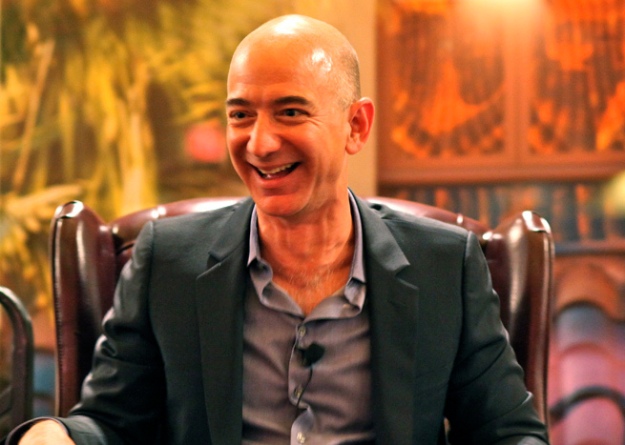
There was a time when Business Insider’s digital strategy was among the most widely admired and emulated in publishing. But that was then.
Last week, the outlet announced it was laying off 21% of its staff and doubling down on artificial intelligence, a sign of how drastically the business model for digital news has changed over the past few years. I’ll get back to that. But first, an AI-related embarrassment.
On Sunday, Semafor media reporter Max Tani revealed that, last May, Business Insider management distributed to staff members a list of books it recommended so that its employees could learn about the vision and best practices of leading figures in business and technology. The list included such classics as “Jensen Huang: the Founder of Nvidia,” “Simply Target: A CEO’s Lessons in a Turbulent Time and Transforming an Iconic Brand” and “The Costco Experience: An Unofficial Survivor’s Guide.”
As it turned out, those books and several others either don’t exist or have slightly different titles and were written by authors other than the ones cited in what managers called “Beacon Books.” In all likelihood, Tani reports, the book titles were generated by AI. At least Business Insider didn’t recommend them to readers, as two daily newspapers did recently with a list of summer books generated by a third-party publisher.
Business Insider is owned by Axel Springer, a German-based conglomerate that also owns Politico and Morning Brew, neither of which faces layoffs, according to Corbin Bolies of The Daily Beast.
Henry Blodget founded Business Insider in 2007, and the publication quickly established itself as a success in the world of SEO, or search engine optimization. In 2016, I interviewed The Washington Post’s then-chief technologist, Shailesh Prakash, for my book “The Return of the Moguls.” He told me that BI was one of several outlets the Post studied to see how it used a variety of factors to get its journalism in front of as many eyeballs as possible. Here’s part of what he said:
We have built our own crawlers, so we have crawlers go and crawl a bunch of other sites — USA Today, New York Times, Business Insider — and we go and grab their content and bring it in-house, strip out all the branding, only have the headline, image and a blurb, and put it in front of 500-plus users every month as a test. And the question that’s asked is, “Would you read this story?” And you don’t know whether it’s a Business Insider story or a Washington Post story or a Huffington Post story or a USA Today story. All you see is an image, a headline and blurb. And based on the results of that, we compare our content to these different sites. Are we better than The Huffington Post in politics content for women? Are we better than Business Insider in business content for men?
Back then, Business Insider and HuffPost were offering their journalism for free and paying for it by building huge audiences and selling them advertisers. The Times and The Washington Post were in the early stages of building their paywall strategy.
Eventually, the free model collapsed as Google drove the value of digital advertising through the floor. Today, HuffPost is a greatly diminished outlet owned by BuzzFeed, which itself is a shadow of what it used to be. And Business Insider has a paywall.
Now, I have nothing against for-profit news organizations charging for their journalism. But who would take out a paid subscription to Business Insider? That’s not a comment about the quality. But readers are dealing with subscription fatigue, and even the most hardcore news junkies might pay for one national paper (perhaps The Wall Street Journal in the case of BI’s target audience), one regional paper and a few newsletters.
BI isn’t going to make the cut for more than a handful of readers.
There’s an additional factor. BI still relies on Google to attract readers who might be enticed into buying a subscription — and now a Google search gives you an AI-generated result. There’s no need to click through, even though the AI summary might prove to be wildly inaccurate.
In an interview with Andy Meek of Forbes, Blodget said he was “very sad” to learn about the layoffs at BI, and he offered his thoughts on how digital publishers can survive in the current environment. “Direct distribution and subscriptions,” he said. “That model will support thousands of excellent publications, big and small. And audio and video are still growing as we move from TV/radio to digital.”
But Business Insider already has a paywall and newsletters. At best, the publication faces a smaller, less ambitious future. And turning over some of what it produces to AI is not going to help it maintain a relationship of trust with its readers.







